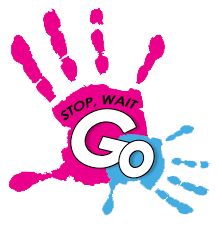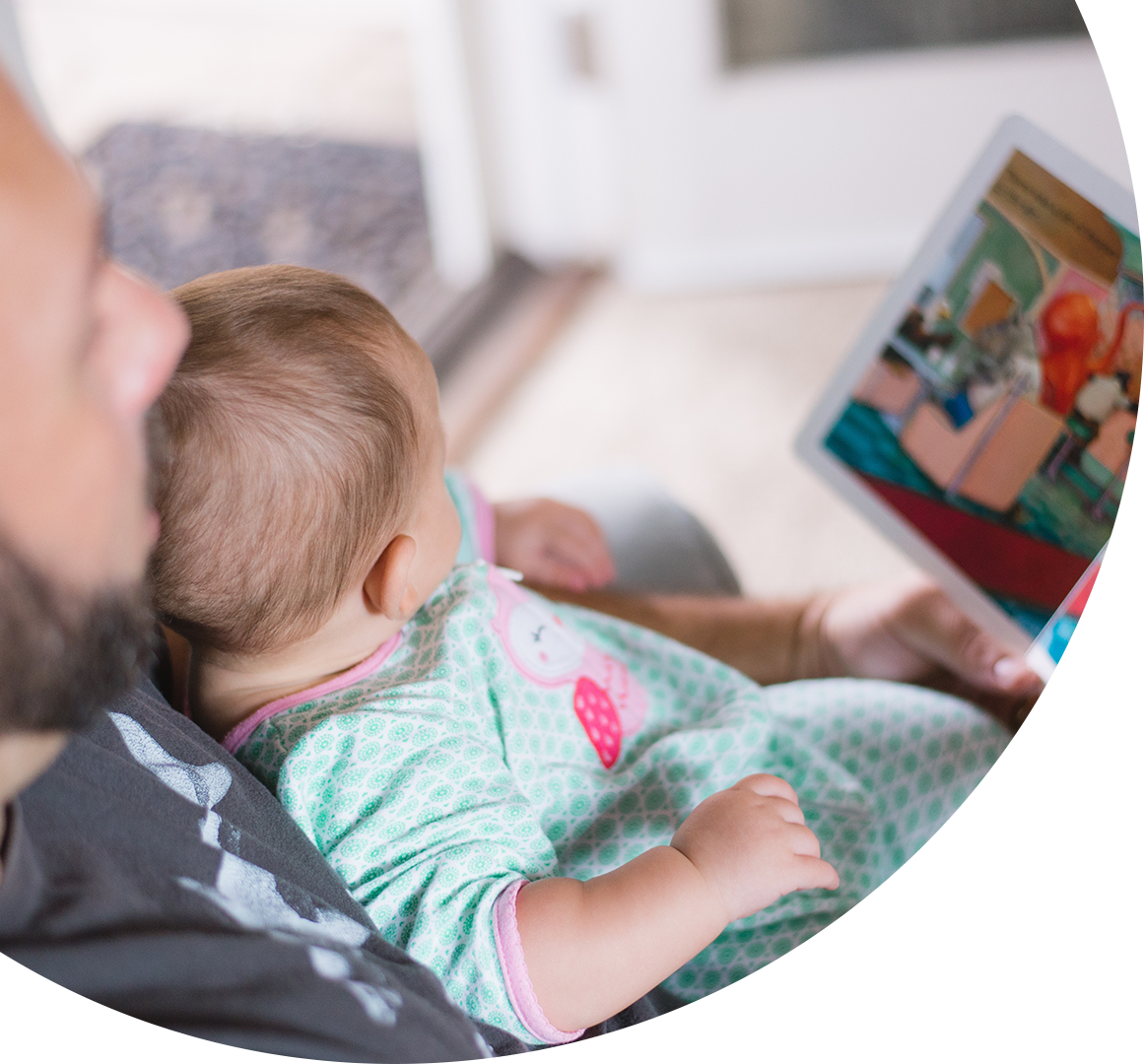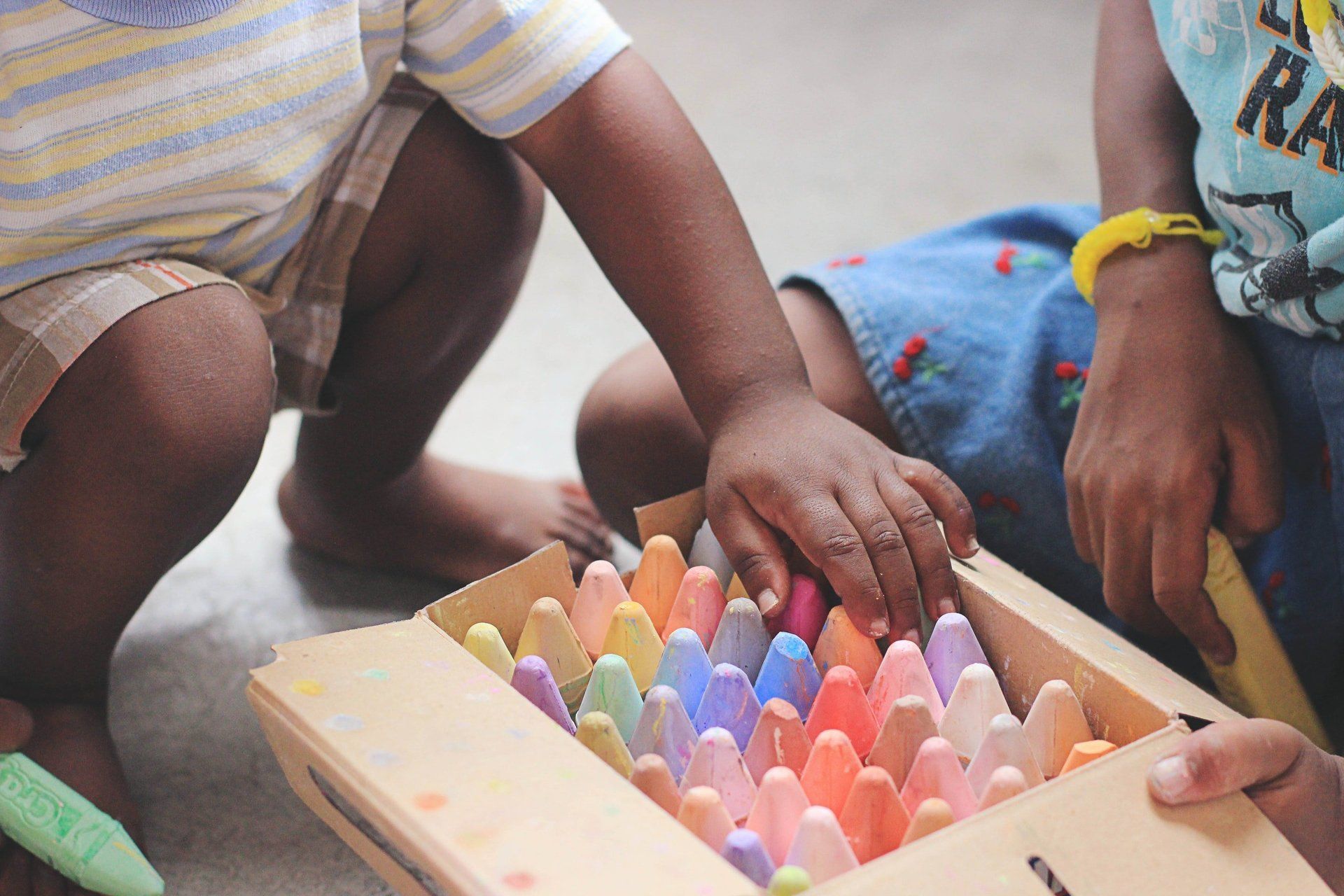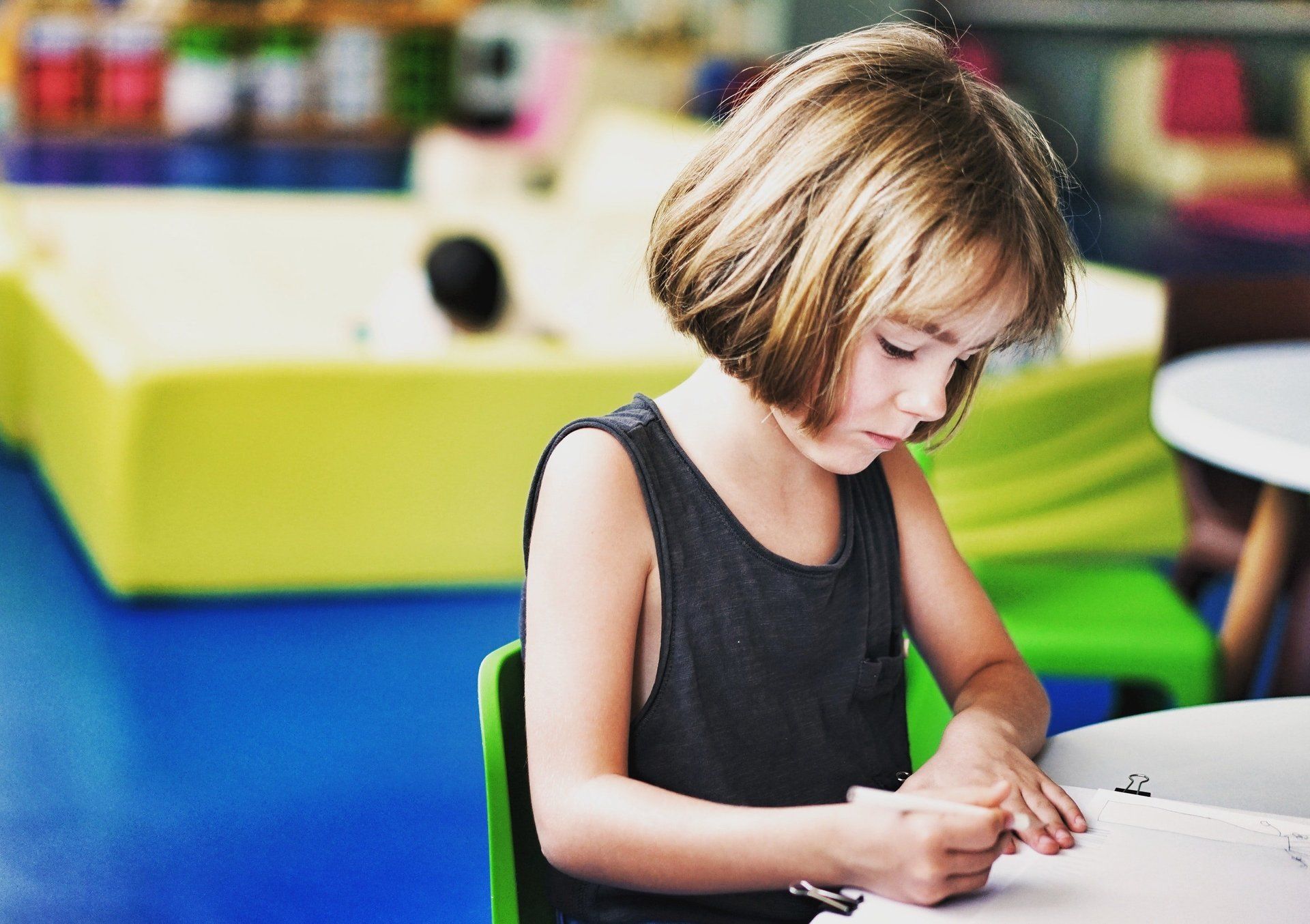The basics of managing children’s behaviour is simple. It is all about putting more energy into the behaviours that we want to promote.
STOP Behaviours
- Not listening
- Tantrums
- Hitting
- Bullying
- Shouting
START Behaviours
- Listen
- Self - regulating
- Using your words
- Considerate of others
- Speaking kindly

“Why does the time fly when we talk. You fill my bucket”
Educator
MashIt
“Perhaps I need to take my son with me when I go on a calm down walk”
Parent
FabuFit
“I always come to your workshops, I could listen to you all day. Your suggestions are so sensible thank you so much”
Child Care educator
YesSuits
We run workshops about different subjects to support families
FIND OUT MORE
One on One sessions tailored to your families specific needs
MAKE A BOOKING
Helpful Tips & Advice

By Michael Hawkes
•
July 9, 2019
Biting most often occurs with toddlers because they have low levels of language, are impulsive and do not understand the impact that their behaviour has on others. External influences impact on a child’s behaviour such as when they are tired, hungry, teething, sick, bored or over stimulated. Children are then unable to make good choices about how to deal with social situations. Their brain is not developed enough to work effectively at such times and they make mistakes. Sometimes adults do too. If your child makes a mistake with their behaviour while in the care of others, child care, school etc it must be dealt with as soon as possible after the incident and by the staff involved. It can be very upsetting to be told that your child has been bitten or that they are biting other children. Your first job is to remain as calm as you can. The staff are keeping you informed so that we all can work together to help improve the situation. You are not expected to punish your child. You could support the educator staff by expressing your sadness at their behaviour and talking through what consequences were applied to the situation. Remember keep the discussion short. The biggest mistake that parents make is that they allow too much emotion and too much talk when dealing with behavioural issues, especially the highly emotive behaviours like biting and hitting. What does not work is: biting the child back, yelling at the child, hitting the child. What does work is teaching the child what words to use “ I can see you are angry with James, but NO biting” Remove the child from the situation and tend to the victim. When calm is returned, take the biter to the victim and offer an apology, this is modelling the appropriate behaviour. You may say sorry initially, leading to the child learning the expectation that an apology is expected. Intervention is short and delivered in a calm way. Children’s Services staff must adhere to strict policy guidelines when dealing with your children. Policy documents are available for you to read if you speak to your Director or Principal . Policy documents form part of national quality assurance guidelines that apply to all professionals working with children. These guidelines are based on recognized strategies for teaching children appropriate ways of behaving. They also recognize confidentiality in such incidents. The other mistake that adults make when dealing with their children’s behaviour is that they focus on the inappropriate behaviour, but when the child does get it right the adults fail to notice. So look for your child making approximations at appropriate behaviour, standing waiting patiently, pointing at the toy, walking away and finding another toy, coming to you for assistance. Give them praise and encouragement when they try to do the right thing even if it isn’t exactly as you want it to be. Say what you see and how it makes you feel. Eg “I noticed that you packed up your toys, that makes me feel so happy” If an incident occurs when your child is in a social situation, approach the parents calmly. They may be emotional too. Suggest the apology strategy, give empathy to the victim, tell the biter calmly and firmly “No biting”, then move on. Parents and staff working together is always the best option
MENU
Website designed and developed by Captovate






